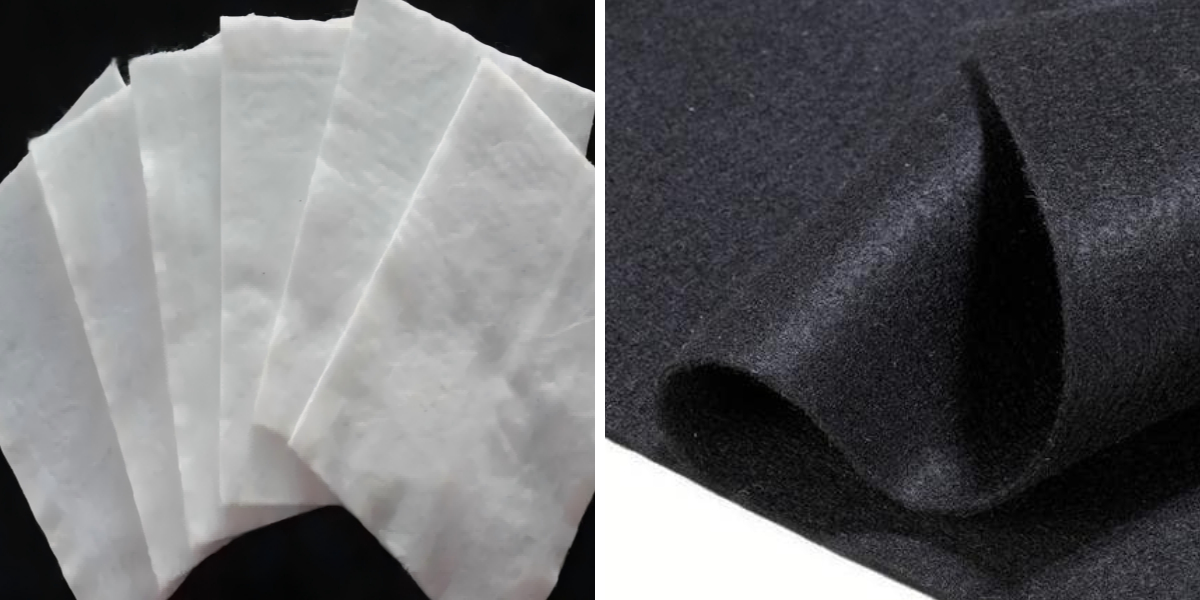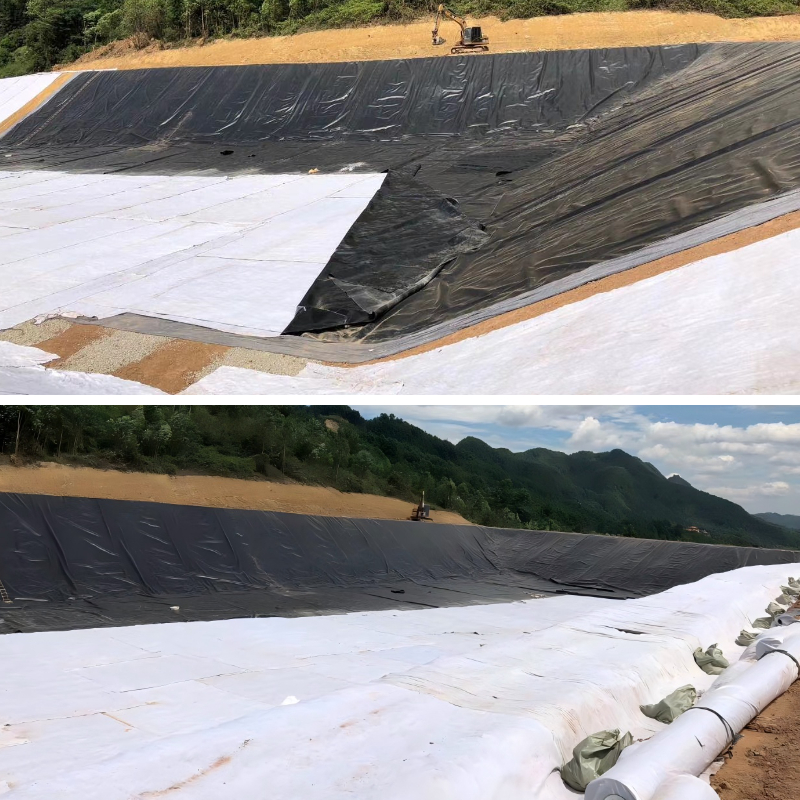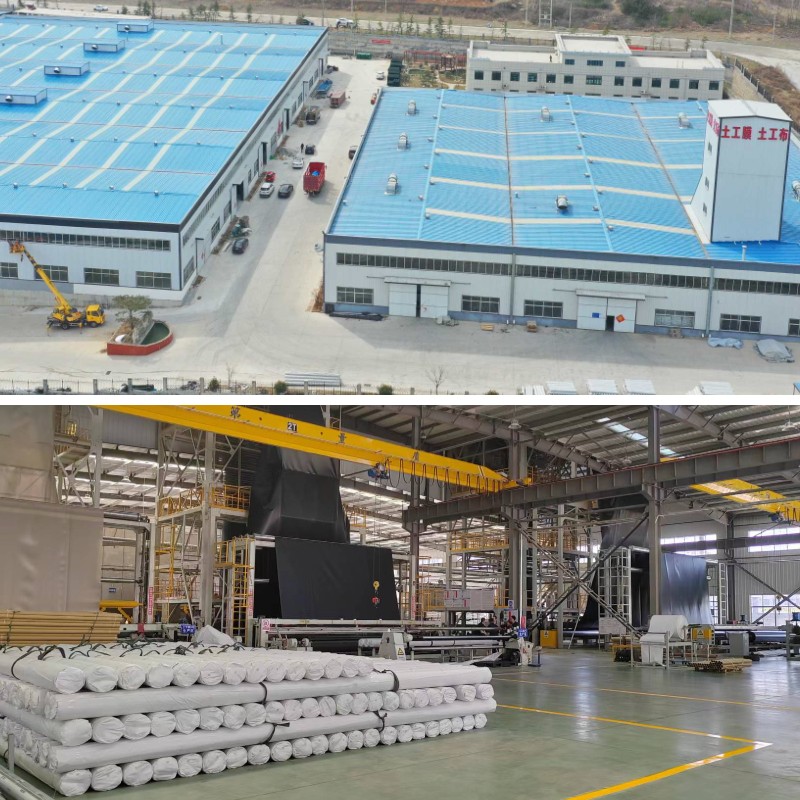Top 5 Benefits of Using Geotextile Filter Fabric in Civil Engineering Projects
In the realm of civil engineering, choosing the proper substances can make or break a project’s durability, cost - efficiency, and long - term performance. Among the innovative options transforming the industry, geotextile filter fabric stands out as a versatile and dependable option. Also regarded as filtration geotextile or geotextile drainage fabric, this engineered cloth provides a range of advantages that address common challenges in construction, from soil erosion to poor drainage. Let’s explore the top 5 benefits of integrating geotextile filter cloth into civil engineering projects.
1. Enhanced Soil Stability and Load Distribution
One of the principal challenges in civil engineering is making sure soil can withstand the weight and stress of structures, roads, or embankments. Unstable soil can lead to settlement, cracks, and even structural failure over time. This is the place geotextile filter fabric shines.
Made from high - strength artificial substances like polypropylene or polyester, geotextile filter fabric acts as a reinforcement layer between unique soil layers. When positioned below roads, foundations, or retaining walls, it distributes masses evenly across the soil surface. This prevents uneven settlement via lowering the strain on susceptible soil areas. Unlike regular substances such as gravel or sand, which may also shift or degrade, geotech fabric maintains its integrity even beneath heavy loads, making sure long - term stability.
In road construction, for example, putting filtration geotextile between the subgrade and base layer creates a barrier that separates soil sorts whilst permitting water to drain. This separation prevents fine soil particles from mixing with coarser aggregates, which would in any other case weaken the road structure. The end result is a extra steady roadbed that resists rutting and extends the road’s lifespan.
2. Superior Drainage Performance
Poor drainage is a silent enemy of civil engineering projects. Stagnant water trapped in soil can increase weight, limit soil strength, and reason erosion or corrosion of structural elements. Geotextile drainage fabric is specially designed to address this trouble by means of facilitating environment friendly water float whilst maintaining soil particles.
The porous shape of geotextile filter fabric lets in water to pass through freely, preventing waterlogging in essential areas like embankments, sports fields, or landfill liners. Unlike strong obstacles that block water entirely, filtration geotextile acts as a filter, letting water drain whilst stopping fine soil particles from being carried away. This twin function—filtration and drainage—is key to preserving optimal soil moisture levels.
In drainage systems, such as French drains or subsurface drains, geotech fabric wraps round gravel or pipe to forestall clogging. Without this fabric, soil and particles would shortly block the drain, rendering it ineffective. By retaining the drainage course clear, geotextile drainage fabric ensures constant water flow, decreasing the threat of flooding and water - associated injury to structures.
3. Effective Erosion Control
Erosion is a major situation in tasks involving exposed soil, such as riverbanks, slopes, or development sites. Wind, rain, and flowing water can wash away topsoil, destabilizing constructions and harming the environment. Geotextile filter fabric offers a cost - effective solution for erosion control.
When deployed on slopes or riverbanks, filtration geotextile acts as a defensive barrier. It shields the soil from the direct effect of raindrops and slows down water flow, permitting sediment to settle as a substitute than being carried away. Some sorts of geotech fabric are designed to assist vegetation growth, in addition improving erosion resistance. By maintaining soil in vicinity whilst allowing water infiltration, the material helps set up a secure ecosystem that naturally resists erosion over time.
In coastal engineering, geotextile filter fabric is frequently used in breakwaters or revetments. It protects underlying soil from wave action, decreasing erosion and keeping coastal structures. Compared to heavy rocks or concrete, geotextile cloth is lighter, less difficult to install, and extra flexible, adapting to adjustments in the terrain barring cracking.
4. Cost Savings and Reduced Maintenance
Civil engineering initiatives are beneath steady stress to remain inside budget whilst turning in first-class results. Geotextile filter fabric presents great value advantages through decreasing cloth usage, reducing installation time, and minimizing long - term renovation needs.
Traditional techniques for drainage or reinforcement frequently require giant portions of aggregates like gravel or sand. Geotextile drainage fabric reduces the want for these materials, cutting down on transportation and labor costs. For instance, in road construction, the usage of filtration geotextile can minimize the thickness of the base layer required, saving on mixture expenses.
Installation of geotech fabric is additionally quicker and extra simple than regular methods. It can be rolled out and secured quickly, decreasing building time and labor costs. Additionally, the sturdiness of geotextile filter fabric capacity fewer repairs and replacements over the project’s lifespan. For example, roads strengthened with geotextiles require much less widespread resurfacing, and drainage structures remain useful longer, reducing upkeep expenses.
5. Environmental Compatibility
In today’s building industry, minimizing environmental impact is a pinnacle priority. Geotextile filter fabric aligns with this aim by way of presenting eco - friendly advantages that aid sustainable engineering practices.
Many geotextiles are made from recycled materials, lowering the demand for virgin sources and reducing waste. Their light-weight nature additionally reduces transportation emissions in contrast to heavy substances like concrete or stone. In erosion control applications, filtration geotextile helps retain herbal soil and vegetation, defending habitats and stopping sediment from getting into waterways—where it may want to damage aquatic life.
Geotextile drainage fabric additionally promotes sustainable water management. By enhancing drainage in agricultural or landscaping projects, it reduces the want for immoderate irrigation, conserving water resources. In landfill projects, geotextiles act as a barrier to stop contaminants from seeping into the soil and groundwater, defending ecosystems and public health.
Conclusion
From enhancing soil stability to merchandising environmental sustainability, geotextile filter fabric affords a multitude of advantages that make it an worthwhile asset in civil engineering projects. Whether referred to as geotech fabric, geotextile drainage fabric, or filtration geotextile, this versatile fabric addresses key challenges like erosion, bad drainage, and excessive renovation costs. By integrating geotextile filter fabric into mission designs, engineers can create constructions that are greater durable, cost - effective, and environmentally friendly—ensuring success for years to come.
Contact Us
Company Name: Shandong Chuangwei New Materials Co., LTD
Contact Person :Jaden Sylvan
Contact Number :+86 19305485668
WhatsApp:+86 19305485668
Enterprise Email: cggeosynthetics@gmail.com
Enterprise Address: Entrepreneurship Park, Dayue District, Tai 'an City,
Shandong Province










